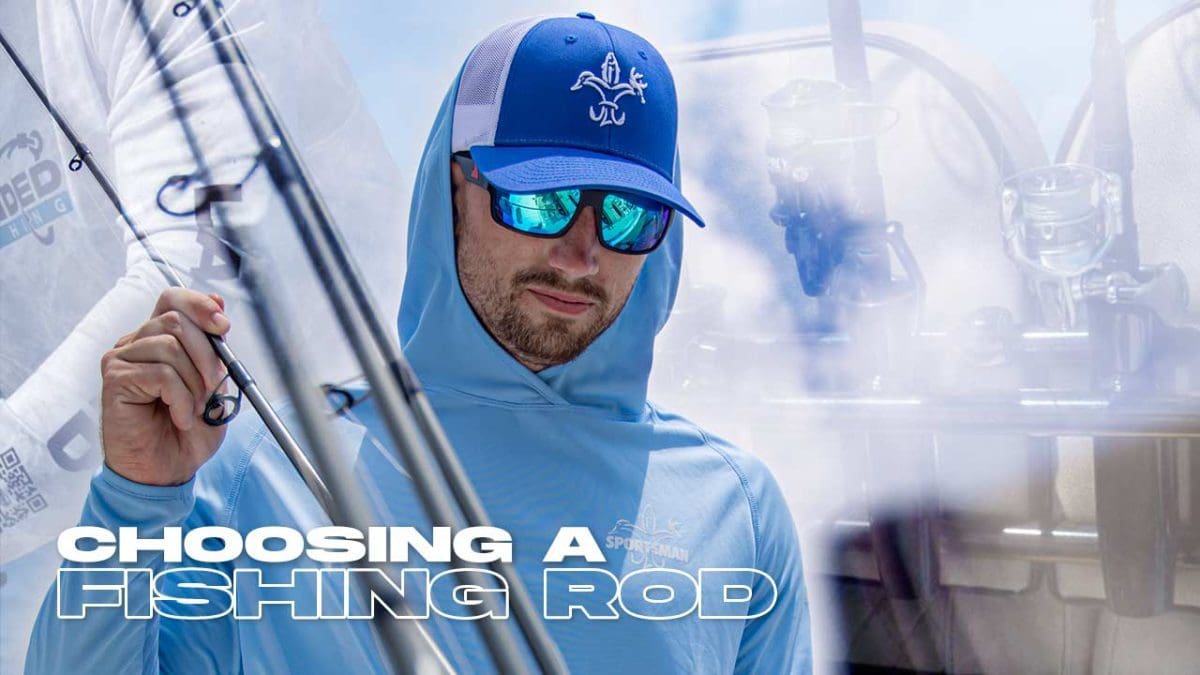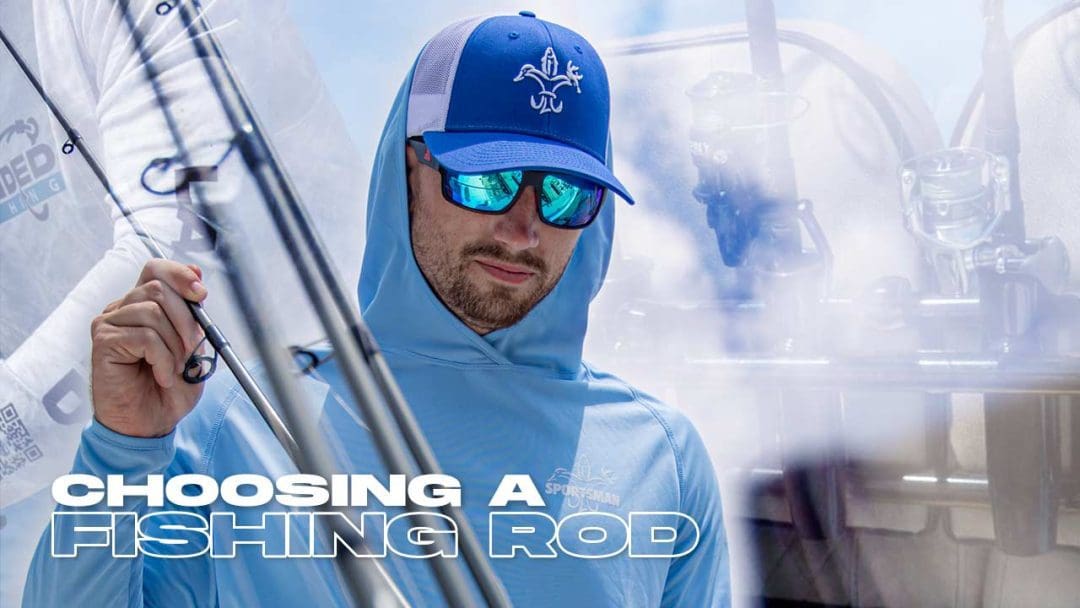Time to Upgrade Your Gear?
Finding the Right Fishing Rod
It goes without saying, fishing rods are an essential tool for both inshore and offshore fishing. Choosing the right rod style and type can greatly impact your success on the water.
What is fishing rod power rating?
Fishing rods are classified by their power rating, which ranges from light to heavy.
Light power rods are ideal for catching smaller fish, while heavy power rods are designed for larger and stronger species.
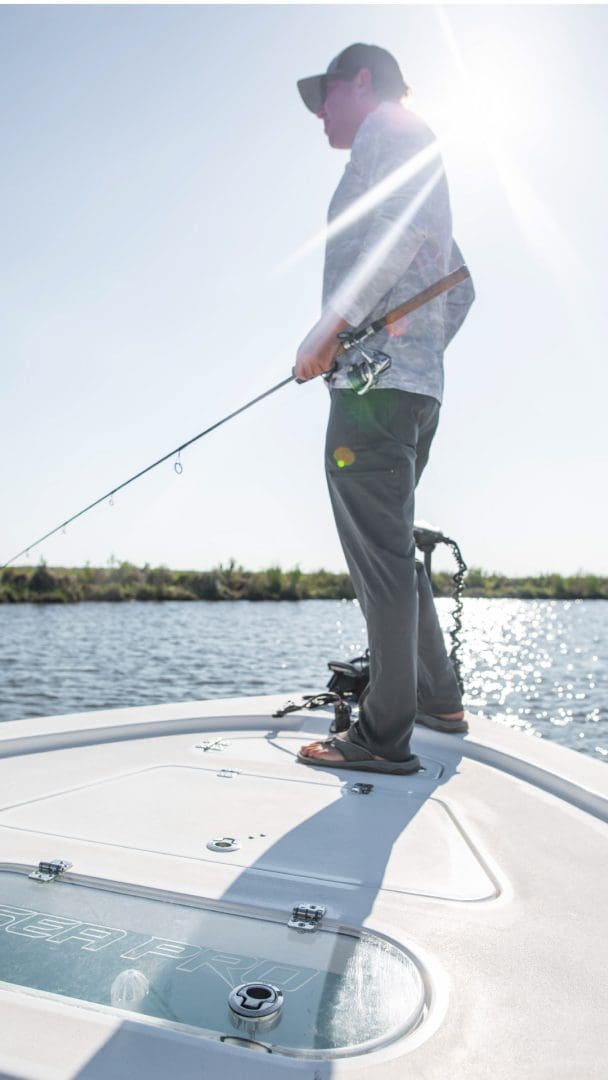
What is a great overall rod for fishing?
A medium power rod is a versatile option that can handle a variety of fishing situations and is a good all-around choice for most anglers.
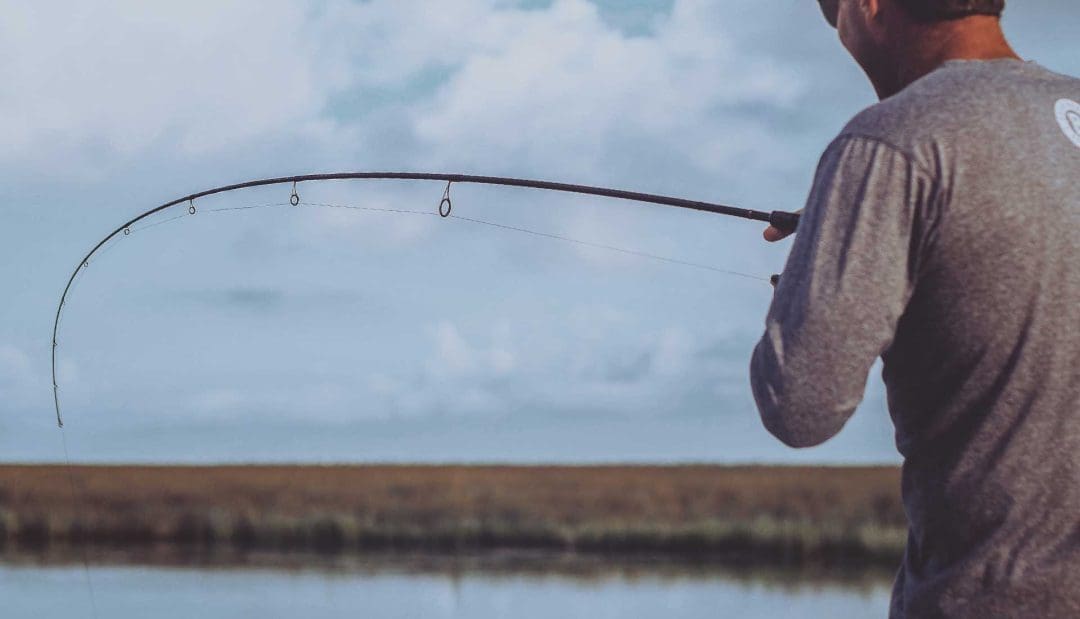
What is a good rod for inshore or freshwater fishing?
Light fishing rods are a popular choice for inshore and freshwater fishing, especially when targeting smaller species such as panfish and trout.
These rods are typically shorter and have a lighter power and fast action, making them more sensitive to bites and easier to cast small lures and baits.

5 things to look for when purchasing a fishing rod
When purchasing a fishing rod, it is important to consider five key factors:
A fishing rod’s power refers to its ability to handle different fish sizes and weights, with options ranging from ultra-light for small fish to heavy for larger species.
The fishing rod’s action defines how it flexes and bends when under pressure, affecting casting distance and hook-setting ability, while its length, material, and handle type also contribute to its overall performance and comfort while angling.
Rod Power
A fishing rod’s power indicates its strength, with options ranging from ultra-light for delicate presentations to heavy for handling larger fish.
Rod Action
The rod’s action defines its flexibility, with fast action providing quick hook sets and sensitivity, while slow action offers more bend for casting distance.
Rod Length
The rod’s length can vary from short for tight spaces to long for extended casting, and materials like graphite or fiberglass determine its weight and performance.
Rod Handle
The fishing rod handle provides grip and control, with options such as cork or foam for comfort during long fishing sessions.
Rod Material
Fishing rod materials vary widely, with options including fiberglass, graphite, and carbon fiber.
What is a fishing rod made of?
Most common fishing rods are made of fiberglass, graphite or carbon fiber.
Each material’s used in today’s fishing rods offers unique advantages as well as performance characteristics, with fiberglass providing durability and flexibility, graphite offering sensitivity and lightness, and carbon fiber combining strength and sensitivity for diverse angling preferences.
Fishing Rod Rating
The power of a rod should be selected based on the type of fish you are targeting, while the action determines how much the rod will bend under pressure.
The length, material, and handle should all be chosen based on your own fishing style and preferences.
Fishing rods are classified by their power rating, which ranges from light to heavy. Light power rods are ideal for catching smaller fish, while heavy power rods are designed for larger and stronger species.
A medium power rod is a versatile option that can handle a variety of fishing situations and is a good all-around choice for most anglers.
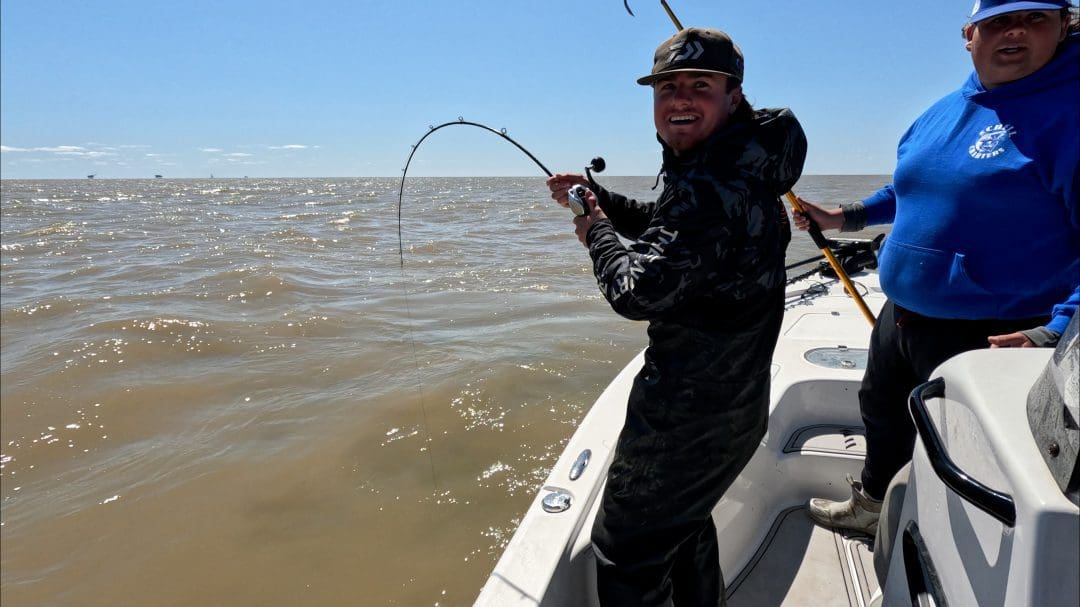
Some things to think about and what it all means
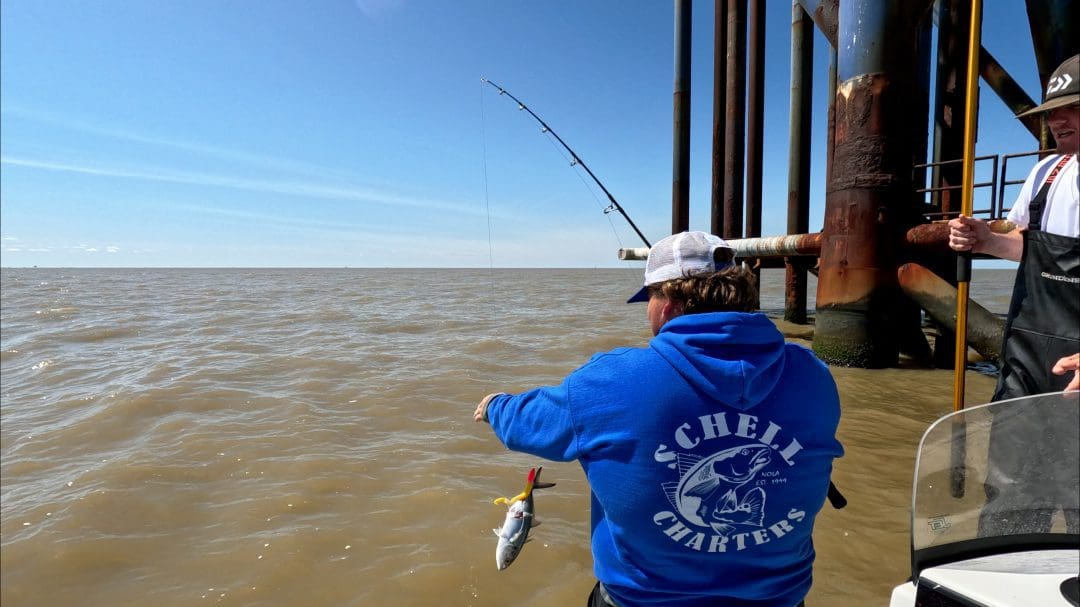
Fishing Rod – Power:
The power of a fishing rod refers to its ability to handle different weight ranges of lures and fish.
Choosing the right power will depend on the species you are targeting and the type of fishing you will be doing.
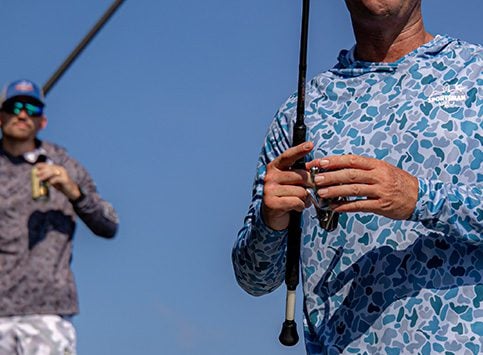
Fishing Rod – Action:
The action of a rod refers to how much it bends when under pressure from a fish.
A fast action rod will bend at the tip, while a slow action rod will bend further down the blank.
A medium action rod will be somewhere in between.
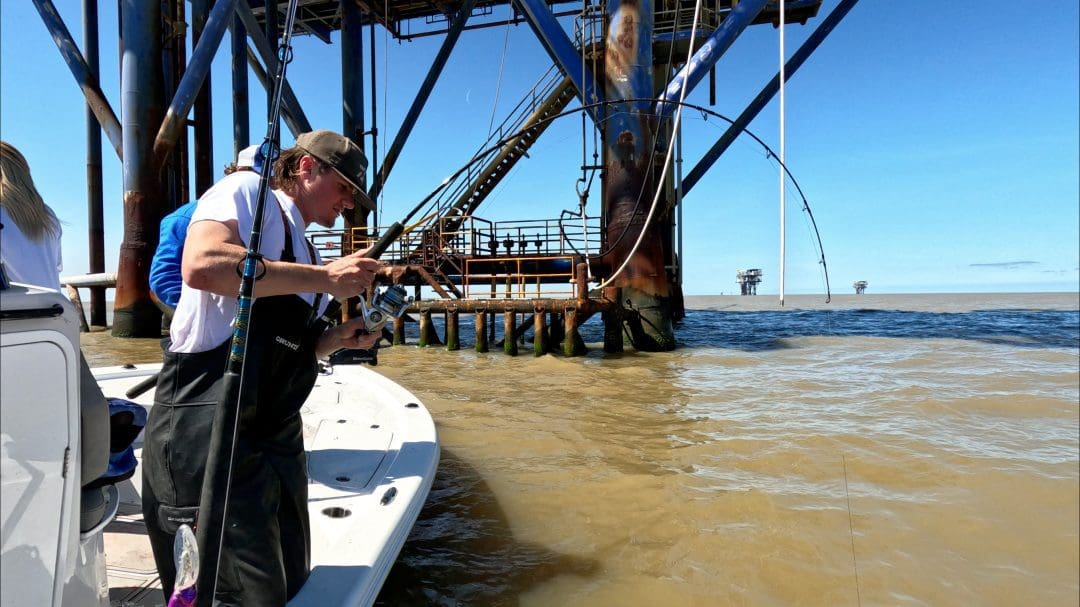
Fishing Rod – Length:
The length of a rod can affect the casting distance, accuracy, and leverage when fighting a fish.
Longer rods are better for casting longer distances and providing more leverage, while shorter rods are easier to handle in tight spaces.
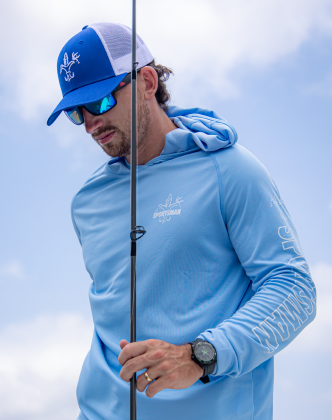
Fishing Rod – Material:
Fishing rods can be made from a variety of materials, including graphite, fiberglass, and composite blends.
Each material has its own strengths and weaknesses, so it is important to choose one that matches your fishing style and preferences.

Fishing Rod – Handle:
The handle of a fishing rod can be made from cork, foam, or neoprene.
It is important to choose a handle that is comfortable to hold and provides a good grip, especially when fishing in wet conditions.
Here are some additional fishing rod information to help you choose the best rod for your local waters:
Now that we understand what rod classification is, we’ll quickly talk about a few common fishing rods,
What is a spinning rod?
A spinning rod is a type of fishing rod that uses a spinning reel and is designed for casting lightweight lures and baits.
What is a casting rod?
A casting rod, also known as a baitcasting rod, is a type of fishing rod that uses a baitcasting reel and is designed for casting heavier lures and baits with greater accuracy and distance.
What is a stand-up fishing rod?
A stand-up rod is a type of fishing rod that is shorter and sturdier than traditional rods and is used for offshore fishing while standing up in a fighting harness.
It is designed to handle the power and strength of larger fish species.
What is a surf rod?
A surf rod is a type of fishing rod that is longer and heavier than most other types of rods and is designed for fishing from the shore or surf.
Surf Rods typically range from 8 to 15 feet in length and has a fast action and heavy power rating to handle the larger species that can be caught from the surf.
Surf rods are often used for surf fishing for species such as striped bass, redfish, and sharks. They are also commonly used for pier fishing and jetty fishing.
Catching Goliath Grouper: EP32
“Unlimited” Fishing Rod for Catching Goliath Grouper
Fishing Rod Selection: What does it all mean?
Light fishing rods are a popular choice for inshore and freshwater fishing, especially when targeting smaller species such as panfish and trout.
These rods are typically shorter and have a lighter power and fast action, making them more sensitive to bites and easier to cast small lures and baits.
When choosing a light fishing rod, consider the length and weight of the rod, as well as the type of handle material.
Cork is a popular option for light rods, as it offers a comfortable grip and is lightweight. Neoprene handles may be too heavy for a light rod and can impact the sensitivity and feel.
Fishing Rod Types for Freshwater
| Fishing Rod Type | Power | Fish Species |
|---|---|---|
| Spinning | Light | Trout, Panfish, Bass |
| Casting | Medium | Bass, Walleye, Catfish |
| Fly | Light | Trout, Salmon, Bass |
| Centerpin | Light | Steelhead, Salmon, Trout |
Saltwater Fishing Rod Types for Saltwater
For Saltwater fishing, a medium power rod with a fast action is a good choice. This type of rod can handle a variety of lures and bait, and is suitable for catching species such as redfish, snook, and trout.
| Fishing Rod Type | Power | Fish Species |
|---|---|---|
| Spinning | Medium | Redfish, Snook, Trout |
| Casting | Medium-Heavy | Redfish, Snook, Tarpon |
| Fly | Medium | Redfish, Trout, Snook |
Subscribe Today
Begin to unlock a world of fishing opportunities
. Whether you’re a weekend warrior or a dedicated angler, our community will inspire and empower you to reach new heights in your fishing endeavors.
With 24/7 access to high-definition videos, insider tips, and the latest news, you’ll have everything you need to conquer the Gulf and reel in the fish of a lifetime.
Fishing Rods for Offshore Fishing
For offshore fishing, a heavier rod with a slower action is necessary to handle larger fish species such as tuna, marlin, and sailfish. A heavy power rod with a moderate-fast action is a good option.
| Fishing Rod Type | Power | Fish Species |
|---|---|---|
| Spinning | Heavy | Tuna, Mahi-Mahi, Sailfish |
| Casting | Heavy | Tuna, Marlin, Sailfish |
| Stand-Up | Heavy | Tuna, Marlin, Sailfish |
Fishing Rod Handle Options
Cork and neoprene are two common materials used for fishing rod handles, and each has its own unique feel.
When choosing a fishing rod, it may be important to consider the material of the handle.
Cork and neoprene are two common options.
Cork is a traditional material that provides a comfortable grip and is easy to clean.
Neoprene is a synthetic material that is more durable and offers a better grip in wet conditions.
Cork Fishing Rod Handles
Cork handles are lightweight and provide a comfortable grip, making them a popular choice for many anglers.
They are also porous, which allows them to absorb sweat and moisture, providing a good grip even when your hands are wet.
Cork handles also have a natural look and feel that many people find appealing.
Neoprene Rod Handles
Neoprene handles, on the other hand, are synthetic and provide a firmer grip than cork.
They are also more durable and resistant to wear and tear, making them a good choice for saltwater fishing where the rod may be exposed to harsh elements.
Neoprene handles are often preferred by anglers who fish in wet conditions, as they do not absorb moisture like cork.
Making the right choice in a fishing rod handle type
Ultimately, the choice between cork and neoprene handle fishing rods comes down to personal preference.
Some anglers prefer the traditional look and feel of cork, while others prefer the durability and grip of neoprene.
It is important to consider your own fishing needs and preferences when choosing a fishing rod handle material.
Making the right choice in a fishing rod
A helpful tip for choosing a fishing rod is to consider the type of fishing you will be doing most often.
If you plan on targeting a specific species, choose a rod that is designed for that type of fishing.
Additionally, consider the weight of the rod and the length of the handle, as these factors can impact your comfort and control while fishing.
Match fishing rod style and type of fishing you will be participating in
Choosing the right rod style and type is essential for successful inshore and offshore fishing. Consider the power and action of the rod, as well as the material of the handle, when making your selection.
Remember, choosing a rod that is designed for your specific fishing needs will help you catch more fish in the long run.
To wrap it all up…
When selecting a fishing rod, it is important to consider the power, action, length, material, and handle to ensure that it meets your specific fishing needs and preferences.
Dependability and comfortability are key factors in selecting a fishing rod that you can rely on and enjoy using for years to come.
With the right fishing rod in hand, you can have a safe and successful time out on the water.
Tight lines and happy fishing!
Get Hooked Up,
Subscribe to Landed Fishing
Our expert guides share tips and techniques, showcasing thrilling catches of popular fish species like redfish, snook, and tarpon.
Enjoy high-quality videos capturing the excitement of the catch and challenges in the Gulf of Mexico.
Explore More
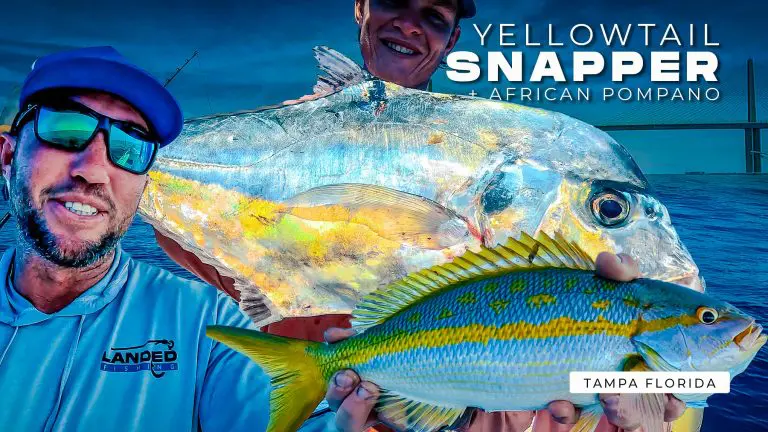
Tampa Florida Offshore Fishing Yellowtail Snapper + African Pompano The perfect fishing trip in the Gulf of Mexico, Join…

Tampa Florida's Skyway Bridge Fishing Pier Join us as we team up with GrouperMVP, The Ballyhoop Net and the…
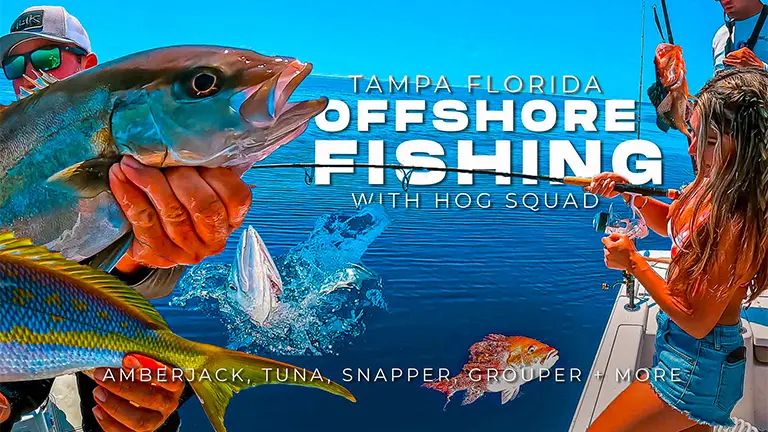
Tampa Offshore Fishing Experience with Hog Squad Fishing If you're seeking an offshore fishing experience that's as exhilarating as…

